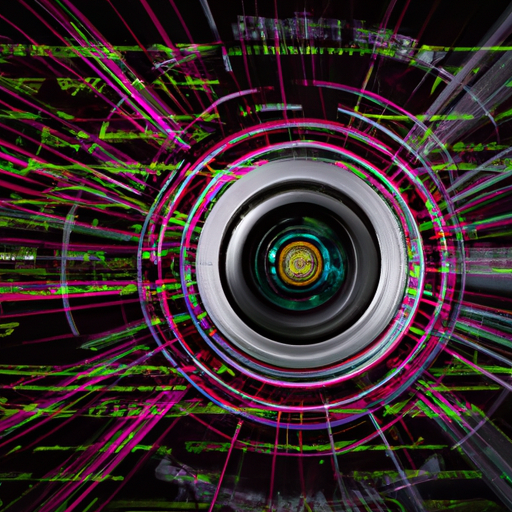Understanding Vision Systems in Artificial Intelligence for Business Owners
Introduction
Artificial Intelligence (AI) has become a promising technology for businesses in various industries. It offers automation, optimized processes, improved decision-making, and enhanced productivity. A key component of AI is the vision system, which plays a pivotal role in interpreting visual data.

What is a Vision System?
A vision system, in the context of AI, refers to the technology that enables computers or machines to see and interpret visual information. It allows machines to perceive and understand the world through visual inputs, similar to how humans use their eyes and brains. This system utilizes computer vision algorithms and machine learning techniques to extract meaningful information from images or videos.
How Does a Vision System Work?
A vision system employs various processes to analyze and interpret visual data. The key steps involved are as follows:
-
Image Acquisition: Visual data is captured using cameras or sensors, such as those found in smartphones or surveillance cameras.
-
Image Processing: The captured images undergo processing to enhance their quality and eliminate any noise or unwanted information.
-
Feature Extraction: Computer vision algorithms identify and extract relevant features from the processed images, such as edges, shapes, colors, textures, or motion.
-
Object Recognition: Machine learning models are used to classify and recognize objects within the images. These models are trained on vast amounts of data, enabling accurate object identification.
-
Object Detection and Localization: The vision system determines the precise location of objects within the images, along with their boundaries or regions.
-
Semantic Segmentation: This step involves dividing the image into different meaningful regions or segments based on their visual characteristics.
-
Scene Understanding: By combining object detection and segmentation, the system gains a deeper understanding of the overall scene and the relationships between different objects.
Applications of Vision Systems in AI
Vision systems have a wide range of applications across various industries. Some examples include:
-
Manufacturing and Quality Control: Vision systems can inspect and identify defects in products during the manufacturing process. They quickly and accurately detect errors, saving time and reducing the need for manual inspection.
-
Autonomous Vehicles: Vision systems are crucial for self-driving cars. They assist in object detection, lane detection, traffic sign recognition, and pedestrian tracking, ensuring safe navigation on the road.
-
Retail and E-commerce: Vision systems enable automatic inventory management, product recognition, and customer behavior analysis. They enhance the shopping experience by providing personalized recommendations and efficient checkout processes.
-
Healthcare: Vision systems can assist in medical imaging analysis, disease detection, and surgical procedures. They help doctors and medical professionals make more accurate diagnoses and treatment plans.
-
Security and Surveillance: Vision systems monitor and analyze video feeds from surveillance cameras, automatically detecting suspicious activities or threats. They enhance the safety and security of public spaces, offices, and homes.
Benefits of Vision Systems in AI
Incorporating vision systems into AI offers several benefits for business owners, including:
-
Efficiency and Cost Reduction: Vision systems automate labor-intensive tasks, reducing human errors and saving time and resources. This leads to improved operational efficiency and cost reduction.
-
Improved Decision-making: Vision systems enable businesses to gain valuable insights from visual data, leading to informed decision-making. This can range from optimizing production processes to understanding customer behavior.
-
Enhanced Customer Experience: By leveraging vision systems, businesses can provide personalized recommendations and better understand customer preferences. This leads to improved customer satisfaction and loyalty.
-
Increased Safety and Security: Vision systems play a vital role in ensuring the safety and security of both physical spaces and digital environments. They assist in accident prevention, identification of potential threats, and protection of sensitive information.
Conclusion
Vision systems in AI bring new possibilities for businesses in various industries. They enable machines to perceive and interpret visual information, leading to improved efficiency, decision-making, and customer experiences. Understanding the potential of vision systems can help business owners leverage this technology to gain a competitive edge in their respective industries.